This article was medically reviewed by Luba Lee, FNP-BC, MS and by wikiHow staff writer, Jessica Gibson. Luba Lee, FNP-BC is a Board-Certified Family Nurse Practitioner (FNP) and educator in Tennessee with over a decade of clinical experience. Luba has certifications in Pediatric Advanced Life Support (PALS), Emergency Medicine, Advanced Cardiac Life Support (ACLS), Team Building, and Critical Care Nursing. She received her Master of Science in Nursing (MSN) from the University of Tennessee in 2006.
There are 14 references cited in this article, which can be found at the bottom of the page.
This article has been viewed 44,660 times.
Swelling is uncomfortable enough, but blisters caused by edema can make you feel even worse. Since edema can be caused by many things, it's important to work with your doctor to treat the underlying condition that's making fluid leak into your tissues. In the meantime, help the blister dry up by protecting it, elevating it, and reducing pressure on it. Most blisters dry up on their own within a week if you've treated the edema.
Steps
Treating the Blister
-
1Identify an edema blister. Anyone can get blisters, especially when clothes or shoes chafe your skin. Since edema blisters are caused by excess fluid leaking into your tissue, these blisters aren't caused by things rubbing against your skin. Edema blisters are filled with clear liquid, which is some of this excess fluid.[1]
- If the blister is filled with blood or colored pus, it's probably not caused by edema.[2]
-
2Apply soft padding around the blister if it's on your foot. If your blister is on your foot, putting pressure on it can be painful. Give the blister some comfortable support as it dries up. Cut a piece of soft moleskin into a donut-shape and stick it around the blister. Then, apply a bandage over the blister.[3]
- You can find moleskin near first-aid supplies or around shoe inserts at most stores.
Advertisement -
3Cover the blister with a bandage. Choose a bandage that's large enough to completely cover the blister. Position the bandage over the blister and press down the ends. Avoid pulling the bandage taut across the blister. Instead, stick the ends closer to the blister so the center of the bandage is raised a little.[4]
- If you pull the bandage tightly across the blister, it can cause chafing, which will irritate or pop the blister.
-
4Avoid popping the blister. It may be tempting to pop the blister if it's getting large, but this increases your risk for infection. Don't attempt to pop the blister at home. Instead, contact your doctor if the blister is very painful and they can drain it for you.[5]
- If the doctor advises you to drain the blister at home, sterilize a needle with rubbing alcohol and carefully poke the tip into 1 side of the blister so fluid drains.
Tip: If you've drained the blister at home or it's already popped, wash the skin with soapy water and spread petroleum jelly over it. Then, loosely apply a bandage to protect the skin as it heals.[6]
-
5Wear comfortable shoes if the blisters are on your feet. If you frequently wear heels, they can put extra pressure on your blisters. Switch to shoes with a low heel or no heel at all. For extra comfort, choose shoes that are wide and have a soft sole.[7]
- If you're struggling to find comfortable shoes, visit a specialty shoe store or ask a podiatrist to design shoe inserts specifically for your feet.
-
6Elevate your affected limbs for 30 minutes 3 or 4 times a day. To relieve some of the fluid buildup that's causing the blister, raise your affected limb so it's above your heart level. For example, if you have blisters on your feet, lay down with cushions under your legs to raise your feet above heart level.[8]
- If you can't take time during the day to elevate the blisters, try to elevate them overnight while you sleep.
-
7Eat a low-sodium diet. Help your body reduce fluid in your tissues by cutting back on sodium. Limit how often you eat salty foods and avoid processed foods, which are higher in sodium than the food you prepare at home. Try to eat fresh fruits and vegetables instead of canned produce since these usually have salt added to them.[9]
- Look for products that are labeled "low-sodium," "no salt added," or "sodium-reduced."
Getting Medical Attention
-
1Schedule a doctor's appointment if your blisters don't go away or get worse. Although most blisters caused by edema dry up on their own, you may need medical attention if it gets bigger or feels painful. To make a diagnosis, the doctor will do a physical exam and take your medical history.[10]
- Try to track the size of the blisters and how long you've had them.
- You should also contact your doctor if your skin begins to weep. This is a sign of lymphedema, which occurs when your parts of your lymphatic system become blocked.
-
2Treat the underlying cause of your edema. As long as your body releases excess fluid into your tissues, you'll continue to get edema blisters. Once you have a medical diagnosis, follow your doctor's treatment plan. Keep in mind that treatment will depend on your specific condition.[11]
- For example, if you're taking a medication that's causing edema, your doctor will prescribe something else. If a high-sodium diet is causing the edema, you might need to adjust what you eat, for instance.
Tip: If you're pregnant, the edema should clear about a week after giving birth.[12]
-
3Ask your doctor if compression bandages are right for you. If your edema affects your legs or arms, talk with your doctor about whether or not you should wrap your limbs with compression stockings or gloves. The compression can prevent fluid from building back up in your tissues, which could make your blisters dry up faster.[13]
- If your doctor thinks compression may help, ask them to specify a type of compression therapy.
-
4Take prescription diuretics to reduce fluid build-up. If you have moderate to severe edema, your doctor might recommend taking a diuretic, such as furosemide. This medication helps your kidneys flush excess fluid from your body so it doesn't build up in your tissues.[14]
- Diuretics aren't effective at relieving edema caused by other medications.
References
- ↑ https://health.clevelandclinic.org/what-you-should-know-about-swelling-in-your-legs/
- ↑ https://my.clevelandclinic.org/health/diseases/15134-impetigo
- ↑ https://youtu.be/lIvLRG31MZI?t=104
- ↑ https://youtu.be/lIvLRG31MZI?t=89
- ↑ https://www.aad.org/injured-skin/prevent-treat-blisters
- ↑ https://www.aad.org/public/everyday-care/injured-skin/burns/prevent-treat-blisters
- ↑ https://www.nhs.uk/conditions/oedema/
- ↑ https://pvasatx.com/elevating-feet-reduce-swelling/
- ↑ https://www.msdmanuals.com/professional/cardiovascular-disorders/symptoms-of-cardiovascular-disorders/edema
- ↑ https://www.dukehealth.org/blog/when-see-doctor-swelling-arms-or-legs
- ↑ https://www.aafp.org/afp/2005/0601/p2111.html
- ↑ https://familydoctor.org/recovering-from-delivery/
- ↑ https://www.clwk.ca/modules/CompressionTherapy/story_content/external_files/Compression%20Therapy%20Education%20Module%202016%2010%20Revision.pdf
- ↑ https://www.aafp.org/afp/2005/0601/p2111.html
- ↑ https://www.ncbi.nlm.nih.gov/pmc/articles/PMC6330525/
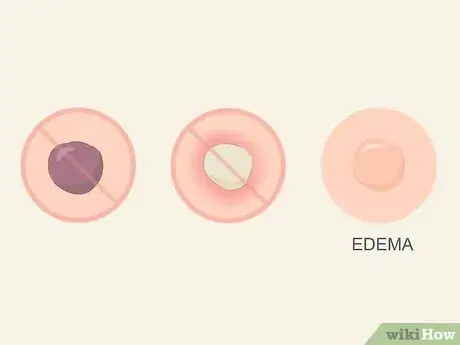
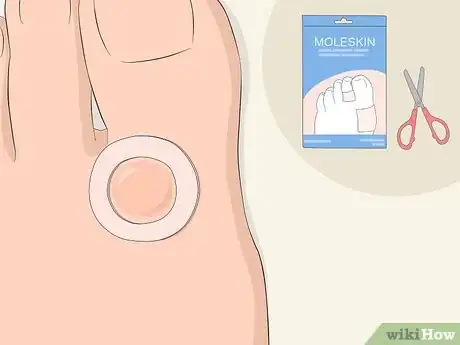
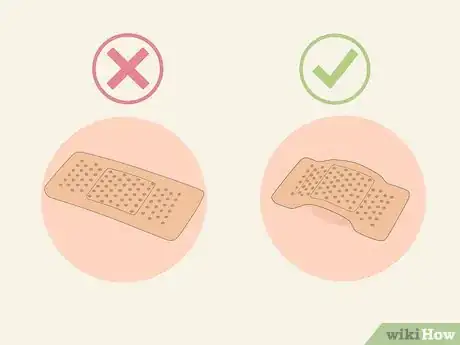
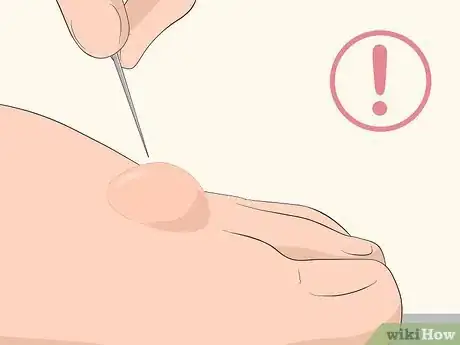
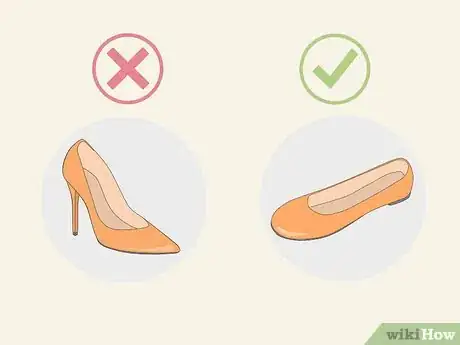
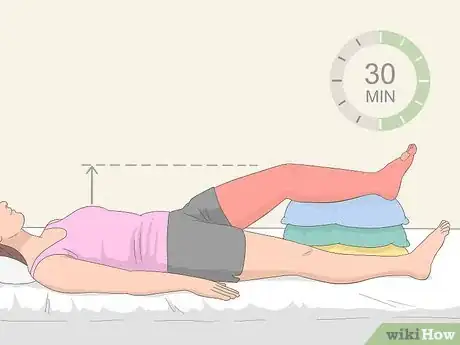
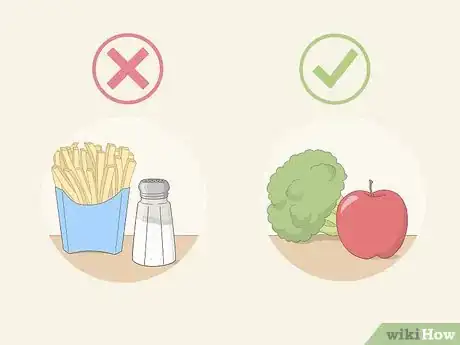
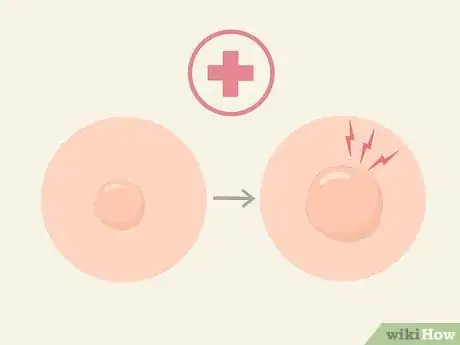
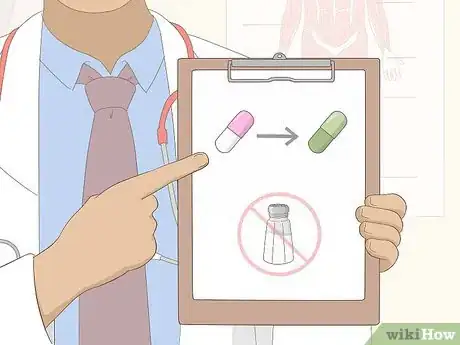
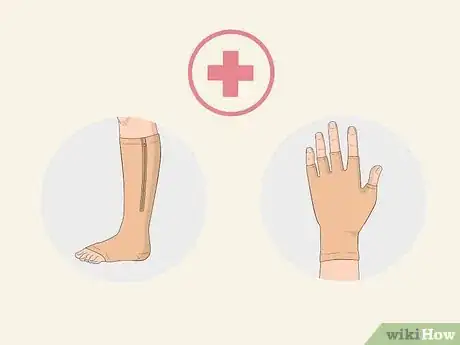
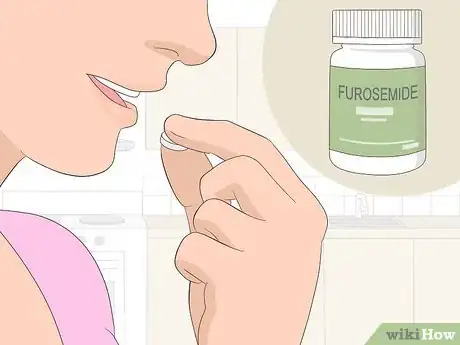
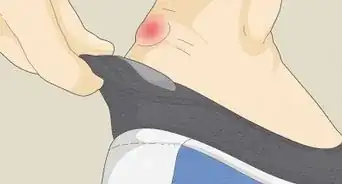
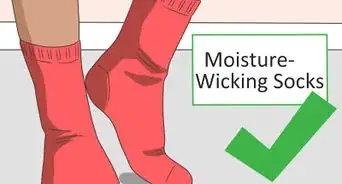
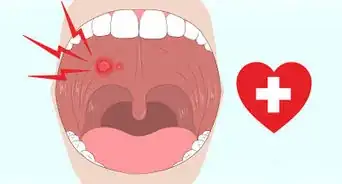
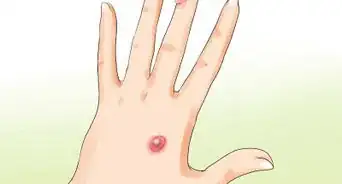
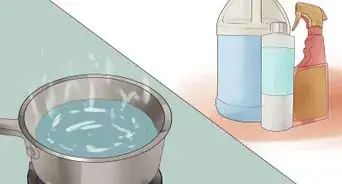

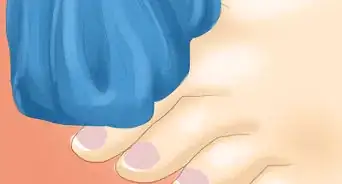
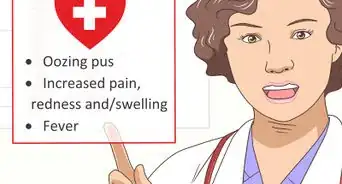

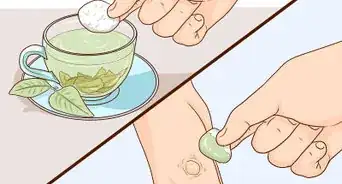
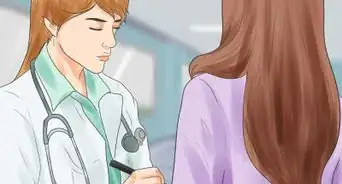
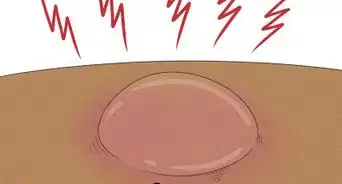
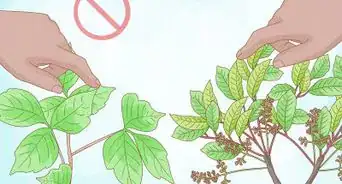
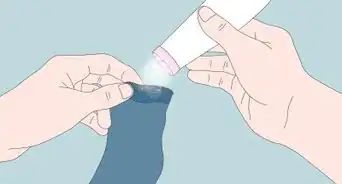








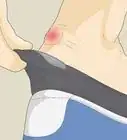
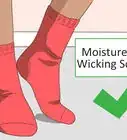
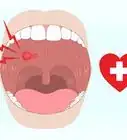
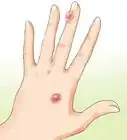



































Medical Disclaimer
The content of this article is not intended to be a substitute for professional medical advice, examination, diagnosis, or treatment. You should always contact your doctor or other qualified healthcare professional before starting, changing, or stopping any kind of health treatment.
Read More...